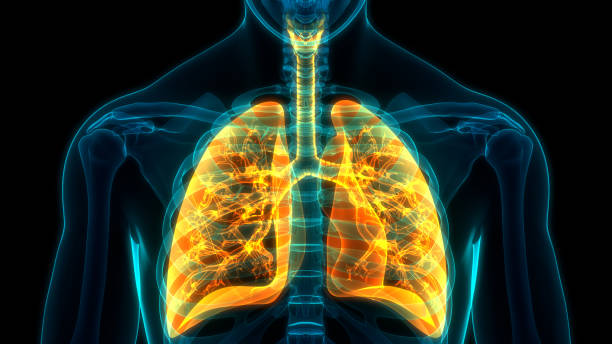Chronic obstructive pulmonary disease (COPD) definition, symptoms, causes, diagnosis, treatment, prevention, living with it

Chronic obstructive pulmonary disease (COPD) is a chronic respiratory illness that involves a group of lung diseases that cause breathing difficulties. It is a progressive disease that worsens over time and can eventually lead to disability or death. COPD is often underdiagnosed and undertreated, but with proper management, it can be controlled and its symptoms improved. In this article, we will discuss the symptoms, causes, and treatment of COPD.
What is COPD?
COPD is a chronic lung disease that obstructs the airflow in the lungs, making it difficult to breathe. The two main forms of COPD are chronic bronchitis and emphysema, and most people with COPD have a combination of both. Chronic bronchitis is characterized by inflammation and swelling of the bronchial tubes, leading to a chronic cough and excessive production of mucus. Emphysema is characterized by damage to the air sacs in the lungs, which reduces the lungs' ability to absorb oxygen and remove carbon dioxide.
Symptoms of COPD
The symptoms of COPD develop gradually and can be different for each person. Some common symptoms of COPD include:
Shortness of breath, especially during physical activity
Chronic cough
Wheezing
Tightness in the chest
Fatigue
Frequent respiratory infections
Difficulty breathing, especially when lying down
Unintended weight loss
Causes of COPD
COPD is caused by long-term exposure to irritants such as tobacco smoke, air pollution, and occupational dust and chemicals. Tobacco smoking is the primary cause of COPD, accounting for about 80% of all cases. Other risk factors for COPD include a history of respiratory infections, exposure to indoor and outdoor air pollution, and genetic factors.
Diagnosis of COPD
Diagnosis of COPD usually involves a physical exam, medical history, and lung function tests. Lung function tests, such as spirometry, can help diagnose COPD by measuring how much air you can inhale and exhale and how quickly you can do so. Chest X-rays or CT scans can also be used to detect signs of COPD, such as enlarged lungs or narrowed airways.
Treatment of COPD
The treatment of COPD aims to relieve symptoms, prevent complications, and improve quality of life. The treatment plan will depend on the severity of your COPD and your individual needs. Some common treatments for COPD include:
Medications: Medications such as bronchodilators, steroids, and antibiotics can help improve symptoms and prevent exacerbations.
Oxygen therapy: Oxygen therapy may be recommended if you have low levels of oxygen in your blood.
Pulmonary rehabilitation: Pulmonary rehabilitation is a program that combines exercise, education, and support to help you manage your COPD symptoms.
Surgery: In severe cases, surgery such as lung volume reduction surgery or lung transplant may be considered.
Prevention of COPD
The best way to prevent COPD is to avoid exposure to irritants that can damage your lungs, such as tobacco smoke, air pollution, and occupational dust and chemicals. If you smoke, quitting smoking is the most important step you can take to prevent COPD. Avoiding respiratory infections, getting vaccinated, and maintaining good indoor air quality can also help reduce your risk of COPD.
Living with COPD
Living with COPD can be challenging, but there are many things you can do to manage your symptoms and improve your quality of life. Some lifestyle changes that can help include quitting smoking, eating a healthy diet, exercising regularly, getting enough sleep, and managing stress. It is also important to work closely with your healthcare provider to develop a personalized treatment plan and to attend regular check-ups to monitor your COPD.
Conclusion
COPD is a chronic lung disease that can have a significant impact on your quality of life. However, with proper management, it is possible to control the symptoms of COPD and improve your overall health. If you are experiencing symptoms of COPD, it is important to speak with your healthcare provider to get an accurate diagnosis and start treatment as soon as possible. By taking steps to prevent and manage COPD, you can enjoy a full and active life.
Comments
Post a Comment